By John Pedler
Published: Monday, April 8, 2024
A survey conducted by RAA has revealed South Australians have some concerns about EVs. But are these fears fact or fiction? We tackle some EV myths.
In 1899, during the early days of motoring, prominent South Australian Julian Ayers asked the Adelaide City Council if a car imported from England could be driven on city streets. A Council representative replied, “I have to inform you that it is scarcely possible to say with certainty that motor cars will be permitted in the streets of Adelaide without knowing more about them.”
Needless to say, this fancy new hobby soon caught on. With any emerging technology, there are questions about cost, safety, practicality, and these days, environmental impact.
Just as the arrival of the horseless carriage caused a ripple of unease in communities around the world, the advent of electric vehicles (EVs) has seen mixed reactions.
An RAA survey last year revealed a range of concerns about EVs, including purchase cost, driving range, charging infrastructure availability, fire risk and battery recycling. We take a look at these five factors to separate myth from reality.
1. EVs are too expensive
Three quarters of survey respondents said the cost of EVs was stopping them from buying one. EVs come in a range of shapes, sizes and, of course, price tags. While a standard Model 3 Tesla will set you back about $61,900 plus on-road costs, the base-model BYD Dolphin costs about $38,890 before on-roads.
Keep an eye out for the one of the latest EV offerings, the GWM Ora. The base model is currently available for $35,990 drive away.
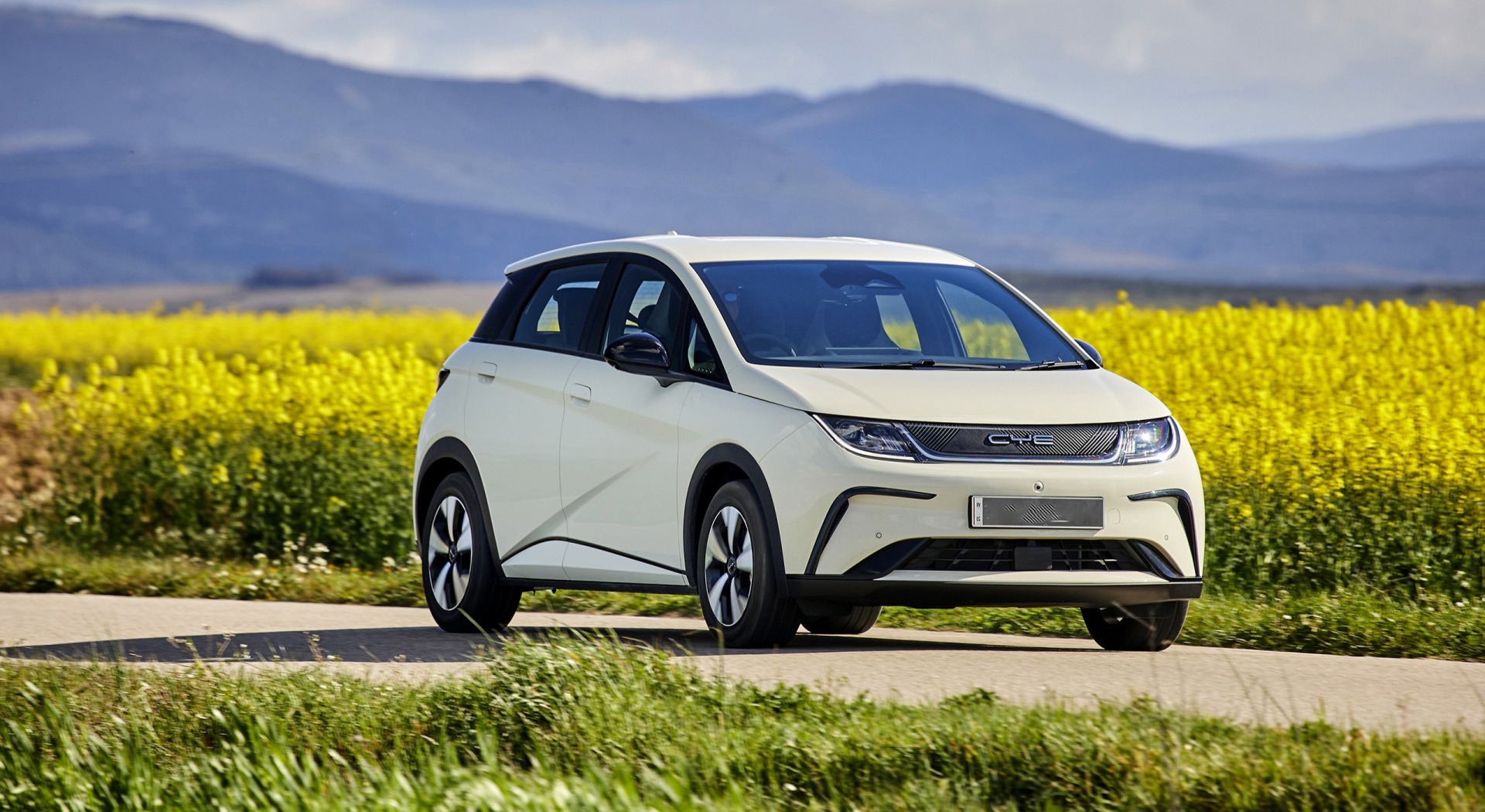
In comparison, a base-model petrol Toyota Corolla hatch – similar in size to the Dolphin – has a sticker price of about $29,610 before on-roads. EVs are comparatively more expensive than ICE (petrol, diesel and autogas-powered) vehicles, but prices are constantly dropping.
To encourage sales, the South Australian Government is offering a three-year registration fee exemption for new battery-electric and hydrogen fuel cell vehicles first registered in SA, until 30 June 2025.
The scheme has a vehicle price cap of $68,750 (including GST). Conditions apply, so visit treasury.sa.gov.au for the full details. At the federal level, fuel-efficient vehicles, including EVs, enjoy a higher purchase-price threshold before the luxury car tax (LCT) applies.
2. EVs have poor range
‘Range anxiety’ is the fear of running out of battery charge and being left stranded. In fact, 70 per cent of survey respondents cited range anxiety as a barrier to EV ownership. The distance an EV can travel on a full charge varies between vehicles.
The folk at Polestar claim that under the right conditions, the Polestar 2 Long Range Single Motor model can clock up to 655km between charges, while the Mini Cooper SE may become a little breathless around the 400km mark.
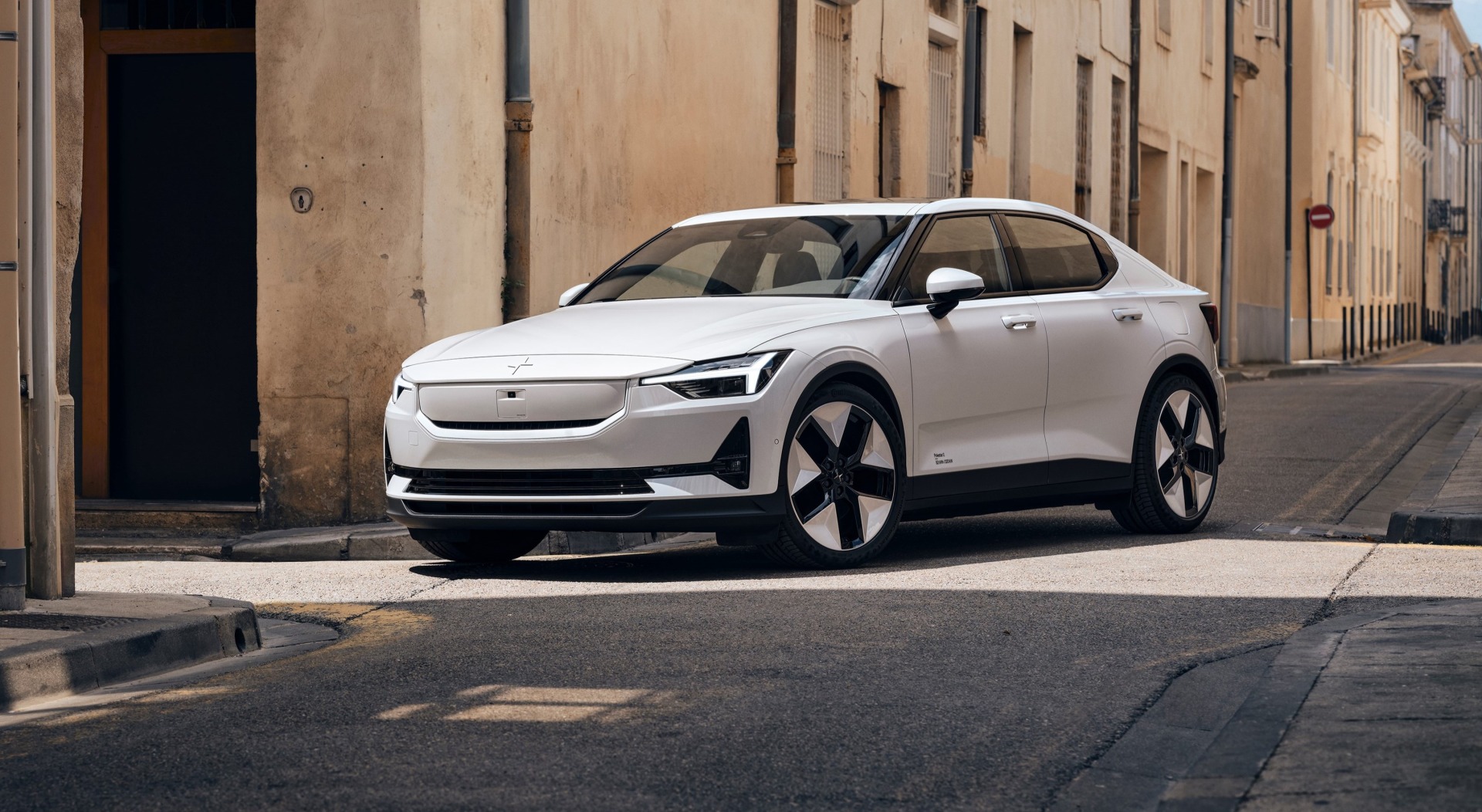
The Tesla Model Y can cover up to 514km before needing a plug-in, which means a road trip from Adelaide to Melbourne can be completed with just one recharge along the way.
Vehicles with ranges around the mid-400km to low-500km mark are common among the rest of the EV pack. Just like ICE vehicles, an EV’s range can be affected by driving conditions, as well as air-con and heater use.
3. There’s insufficient charging infrastructure
A lack of public EV charging infrastructure was high on the list of survey respondents’ concerns, with 71 per cent seeing it as a problem. When petrol vehicles first hit our roads many years ago, motorists needed to carry top-up fuel until petrol stations started appearing in the countryside.
Similarly, early EV drivers could barely leave major cities without suffering justifiable range anxiety. Since then, the charging network has expanded rapidly throughout the nation.
In conjunction with the State Government, RAA is three-quarters of the way through establishing 140 charging stations throughout SA, powered by net 100 per cent renewable energy. Nearly all these chargers are less than 200km from the next one, and 75 per cent are in regional SA.
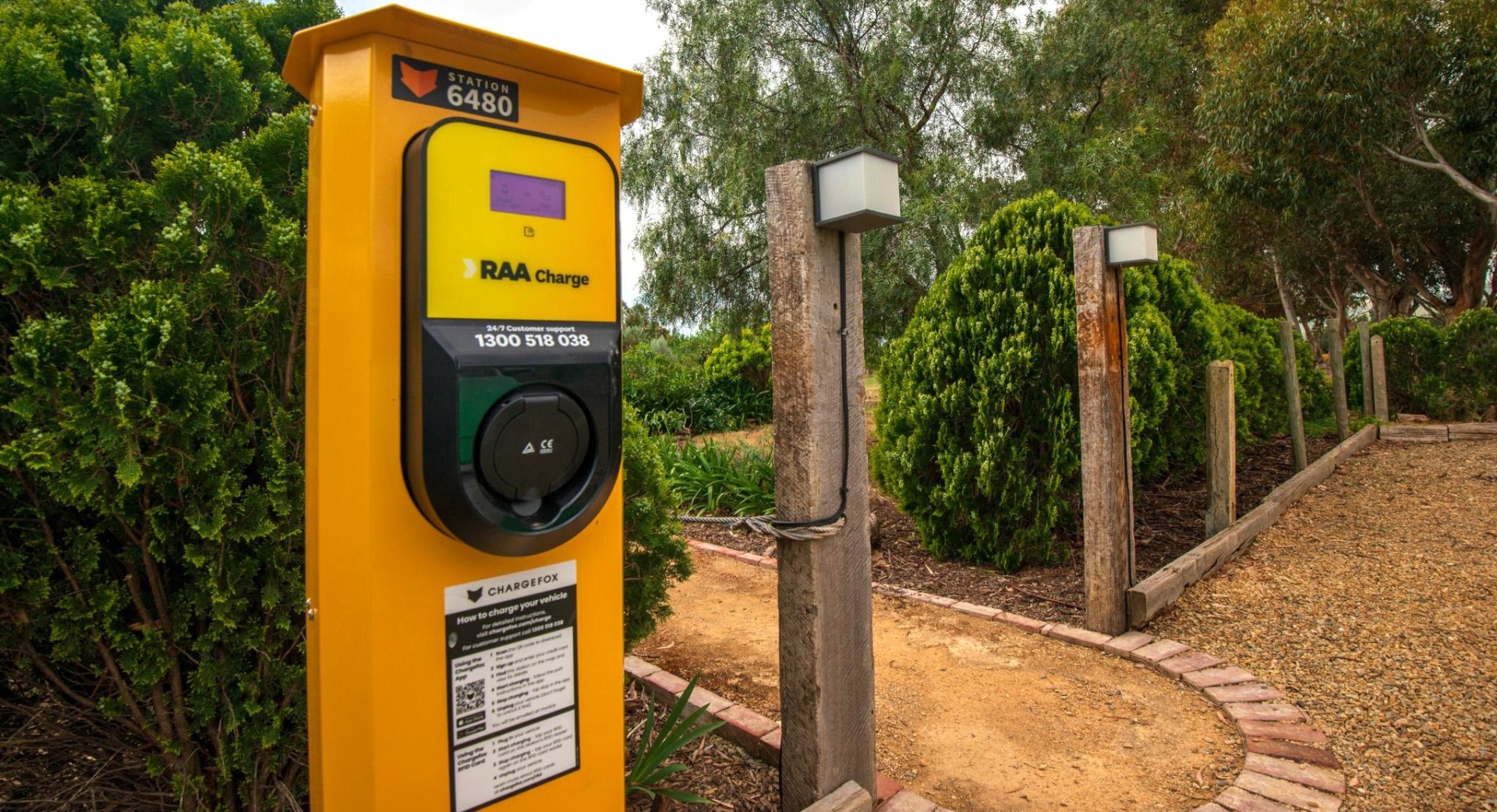
The (7kW) Destination chargers, usually found at places like caravan parks and motels, take several hours to recharge a battery, which is ideal when you’re staying overnight.
Rapid (150kW) and Ultra-rapid (200kW) chargers, commonly found on highways and in town centres, can do the job in 15 to 45 minutes, allowing travellers time to take a break, grab a coffee and refresh themselves.
4. EVs are a fire hazard
Research conducted by consultancy firm EV FireSafe, found that EVs are less likely to catch fire than ICE vehicles. However, because EVs are the new kids on the block, they receive much more attention when an incident occurs.
The combustibility of EV lithium-ion (Li-ion) batteries is the main concern, but according to EV FireSafe, there have only been seven EV battery fires in Australia. Three of these were caused by building fires that ignited the batteries, and one each was the result of arson, a collision, road debris hitting the battery pack, and a fire in a damaged battery that had been removed from a car.
Given there are about 130,000 EVs on Australian roads, the likelihood of a battery fire is very small.
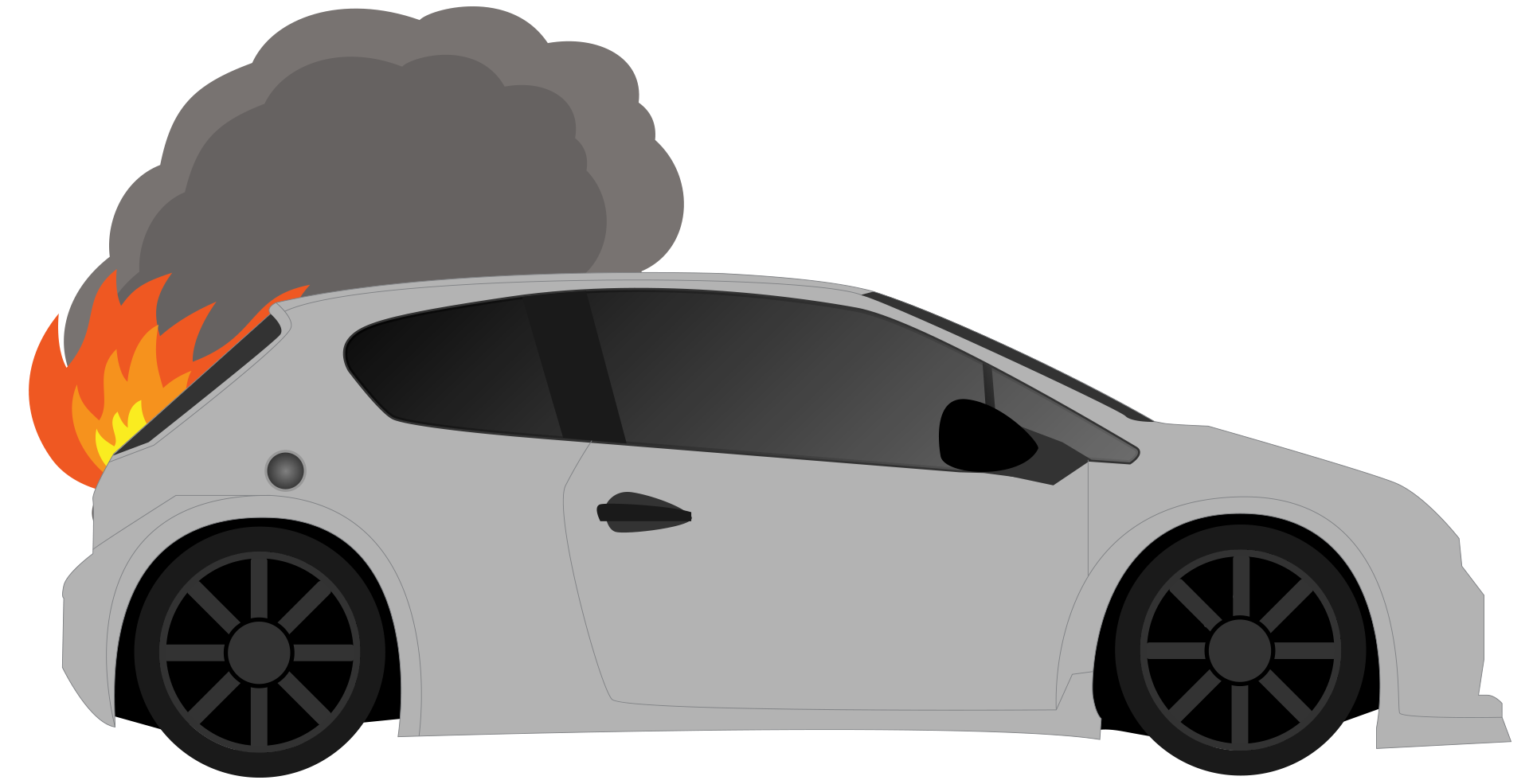
Manufacturers use a range of methods to protect batteries from damage and overheating. Fire services handle EV fires differently than ICE fires, so EV number plates must display a blue, triangular plate to identify the vehicle as an EV.
5. EV batteries can’t be recycled
Although EV motors don’t emit greenhouse gases, and wind and solar provide much of SA’s power generation, questions have been raised about the recyclability of Li-ion batteries. Nearly half of survey respondents cited this as a barrier to EV ownership.
Depending on the manufacturer, batteries carry a warranty of about eight years or 160,000km, whichever comes first. However, batteries can last much longer.
So when a battery does need replacing, what happens to the old one? As well as plastic, Li-ion batteries contain a variety of materials, including steel, aluminium, copper, graphite, nickel, cobalt and lithium.
Recycling is a complex process, but the amount of material that can be recovered and re-used has improved significantly over the past few years. These days, more than 90 per cent of the plastics, metals and minerals can be separated and recycled effectively.
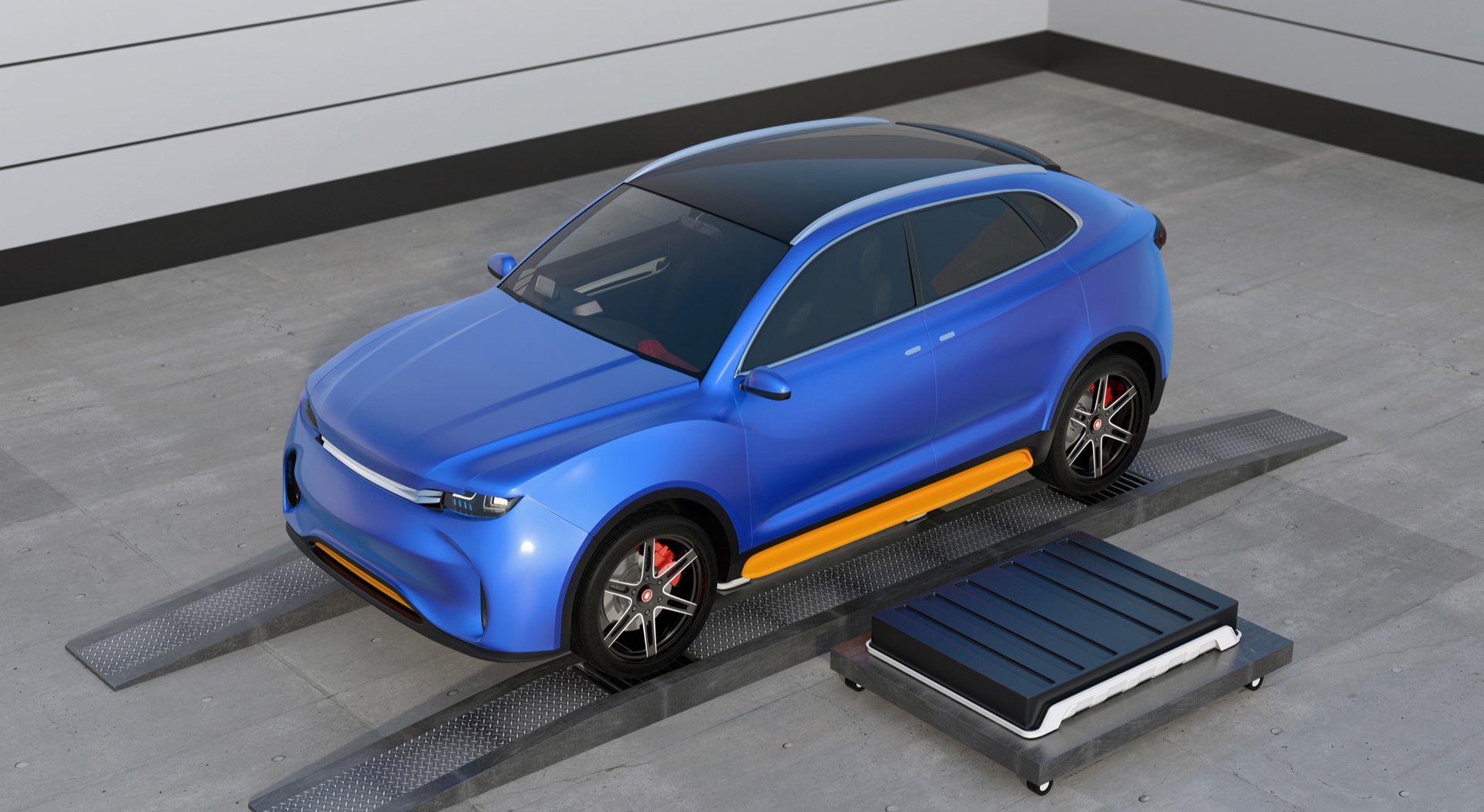
While efficiency and safety have long been the main focus of battery manufacturers, there’s a growing emphasis on improved recyclability.
Some batteries can also be repurposed to store power for homes and businesses once their EV days are over.